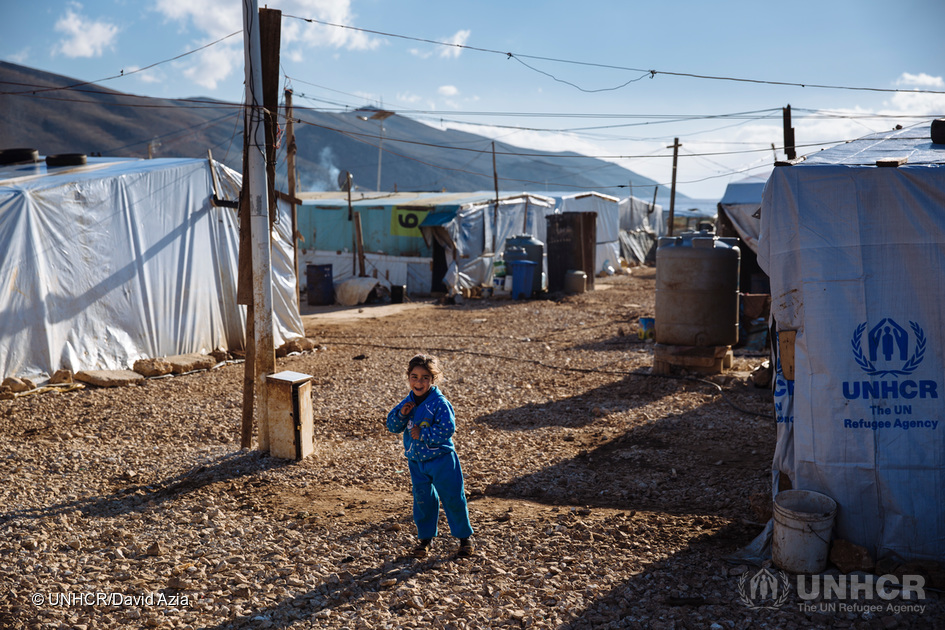According to the 2017 Vulnerability Assessment of Syrian Refugees (VASyR), 80 per cent of refugees rent their accommodation, with the average rent being USD 183 per month. The rent represents up to 20 per cent of average expenditure of a household, and the rent average can nearly double in dense urban areas. Up to 43 per cent of refugee household reported either borrowing money to meet rent cost or they are unable to pay the rent and therefor in debt.
With the Ministry of Social Affairs and UN-Habitat, UNHCR co-leads the Shelter Sector and coordinates the overall shelter response to the Syrian crisis.
UNHCR and partners prioritize improving shelter conditions of vulnerable families (both refugees and Lebanese) living in the most insecure dwellings which are hazardous for their health and safety. The response includes:
- Rehabilitating unfinished homes in urban and rural areas;
- Repairing residential buildings in bad condition and lacking sanitation facilities;
- Maintaining collective shelters;
- Providing temporary shelter material in line with the Government’s guidelines to refugees living in informal tented settlements; and
- Site improvement and fire prevention
The interventions, aiming at physical improvement of housing units in urban and rural areas, are paired with increase in tenure security for refugee tenants (e.g. written rent agreement, occupancy free of charge, rent freeze for an agreed upon period).
In 2017, some 285,000 individuals benefitted from repair/rehabilitation and weatherproofing activities, of which 198,000 individuals through UNHCR funding. Despite dwindling humanitarian funding, UNHCR aims at assisting about 121,000 individuals (24,200 vulnerable households) through various types of shelter support in 2018. Among them, about 8,600 individuals (1,720 households) living in substandard buildings will benefit from rehabilitation or repair works, about 108,500 (21,700 households) living in informal tented settlements and unfinished houses will receive shelter kits in order to reinforce and secure their shelters, and about 3,900 individuals (780 households) will benefit from site/infrastructure improvements works, including fire prevention and preparedness activities.

